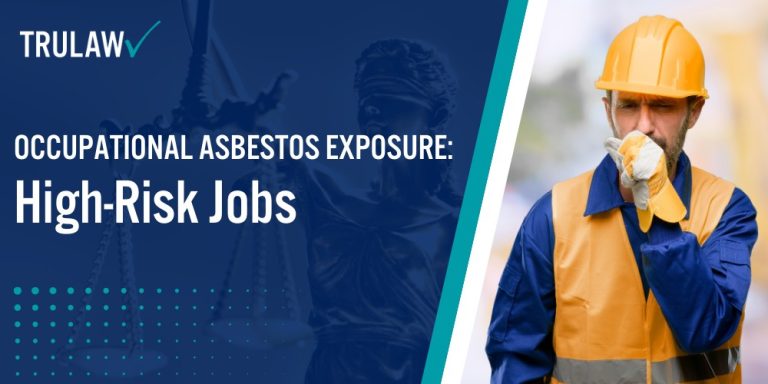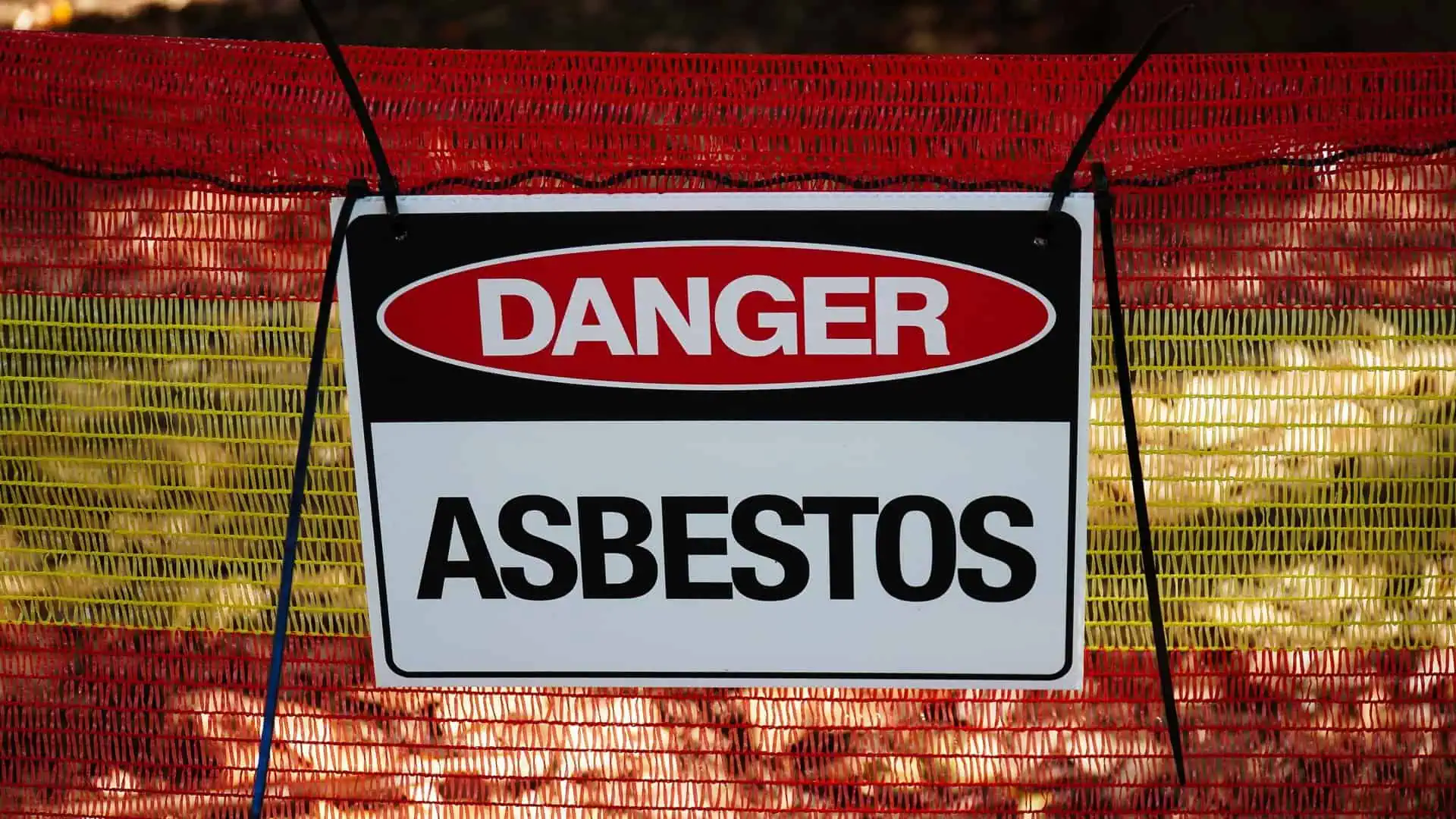Workers who suffered occupational asbestos exposure face significant health risks, particularly in industries where asbestos-containing materials remain present.
Despite regulations and the recent ban on chrysotile asbestos by the Biden administration, many job sites still contain these hazardous materials in buildings, equipment, and various industrial products.
Construction and Demolition Workers
Construction workers and demolition professionals face some of the highest risks of occupational exposure to asbestos, especially when working in older buildings where asbestos materials were commonly used in insulation, roofing, and flooring.
Common exposure sources in construction include:
- Demolition Activities: Breaking down walls, ceilings, and floors can release asbestos fibers into the air
- Renovation Projects: Removing old insulation or floor tiles often disturbs contained asbestos
- Roofing Work: Many older roofing materials contain asbestos that becomes disturbed during repairs
- Building Maintenance: Regular repairs on older structures can expose workers to hidden asbestos materials
The Environmental Protection Agency reports that construction workers account for a significant percentage of asbestos related disease cases, with approximately 25% of asbestosis deaths occurring in this sector.
Firefighters and Emergency Responders
Firefighters and emergency personnel face unique challenges regarding occupational safety when responding to fires or disasters in buildings containing asbestos materials.
Their risk of exposure is more than twice that of the general public.
Primary exposure risks include:
- Building Collapse: Damaged structures release concentrated amounts of asbestos into the air
- Smoke Inhalation: Burning materials containing asbestos create toxic airborne particles
- Debris Handling: Post-incident cleanup can disturb settled asbestos materials
- Protective Gear Contamination: Asbestos particles can attach to equipment and clothing
These emergency responders often work in high-stress situations where immediate action is required, potentially limiting their ability to take full protective measures against asbestos exposure.
This reality has led to enhanced safety protocols and specialized training for handling asbestos-contaminated environments.
Industrial and Manufacturing Workers
Industrial and manufacturing workers face some of the highest risks of developing an asbestos related disease due to their direct contact with asbestos-containing materials in confined spaces.
The focus on occupational safety has increased since studies revealed the dangers of workplace exposure.
Common industrial settings with high exposure risks include:
- Asbestos Plants: Workers faced a 244% higher risk of developing throat or lung cancer compared to the general population
- Steel Mills: Studies of Belgian steel workers showed three times higher mortality rates from mesothelioma
- Textile Mills: Machine operators and weavers experienced elevated risks due to asbestos in fire-prevention materials
- Factory Settings: Workers in brake, clutch, glass, and rubber factories encountered high levels of asbestos fibers
These industrial environments often contained multiple asbestos-containing products, from insulation to machinery components, creating sustained exposure risks for workers throughout their careers.
Power Plant and Utility Workers
Power plant workers encountered occupational exposure to asbestos through various materials used throughout facility operations, including cement products, insulation, and electrical components.
Their work often required maintaining and repairing equipment in areas with concentrated asbestos materials.
Common exposure sources in power plants include:
- Boiler Systems: Workers maintained asbestos-insulated boilers in confined spaces
- Electrical Systems: Asbestos was present in wiring, panels, and electrical cloth
- Pipe Networks: Extensive use of asbestos in pipe insulation and gaskets
- Building Materials: Structural components contained asbestos in walls, floors, and ceilings
The combination of high-temperature operations and the need for fire-resistant materials made power plants particularly hazardous for workers, as maintenance and repair activities often disturbed asbestos-containing materials, releasing dangerous fibers into the air.
Shipyard and Maritime Industry Workers
Shipyard workers faced some of the highest exposure levels due to the extensive use of asbestos in vessel construction and repair.
Both civilian and military personnel working in these environments encountered asbestos materials in confined spaces, intensifying their exposure risks.
Maritime industry exposure sources include:
- Ship Construction: Widespread use of asbestos in insulation, engines, and piping systems
- Maintenance Work: Regular repair tasks involving asbestos-containing materials
- Engine Room Operations: High concentration of asbestos materials in heat-sensitive areas
- Demolition Activities: Breaking down old vessels released significant amounts of asbestos fibers
The enclosed spaces and poor ventilation in maritime settings created particularly dangerous conditions for workers.
This combination of factors has led to higher rates of asbestos-related diseases among shipyard and maritime workers compared to many other occupations.



